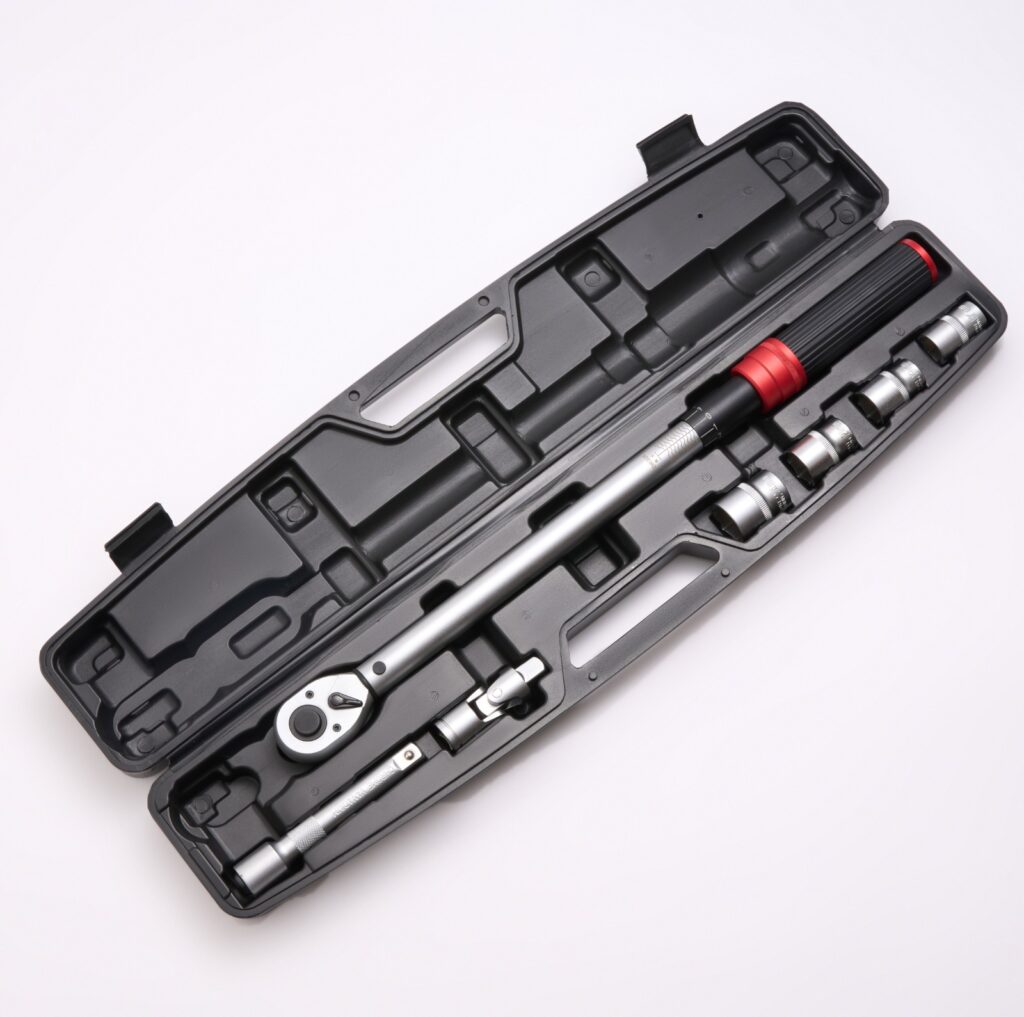
Welcome to our guide on maintaining and calibrating your OEM torque wrench! If you’re a DIY enthusiast, professional mechanic, or anyone who works with tools, you know the importance of precision and accuracy when it comes to torque applications. A well-calibrated torque wrench can make all the difference between a job done right and potential problems down the road. In this blog post, we’ll share top tips for keeping your torque wrench in tip-top shape so you can tackle projects with confidence. Let’s dive in!
The importance of proper storage and handling
Proper storage and handling of your OEM torque wrench are crucial for maintaining its accuracy and longevity. When not in use, store your torque wrench in a clean, dry area away from extreme temperatures or moisture. Avoid dropping or banging the tool as this can throw off its calibration.
Using a protective case or pouch can help prevent damage and keep dust and debris from affecting the wrench’s performance. It’s also essential to handle the torque wrench with care, avoiding over-tightening or applying excessive force that could strain the internal components.
Taking the time to store and handle your torque wrench correctly may seem like a small detail, but it can have a significant impact on its reliability and precision when you need it most.
Common mistakes to avoid when using a torque wrench
When it comes to using a torque wrench, there are some common mistakes that can easily be avoided with the right knowledge and attention. One of the most frequent errors is not setting the torque correctly for the specific task at hand. This can lead to under or over-tightening bolts, potentially causing damage or failure.
Another mistake to steer clear of is using a damaged or worn-out torque wrench. Inspecting your tool regularly for any signs of wear and tear is crucial to ensure accurate readings. Ignoring calibration checks is also a big no-no – a torque wrench needs to be calibrated periodically to maintain its precision.
It’s important not to rush through the process when using a torque wrench. Applying sudden jerky movements instead of steady, controlled pressure can result in inaccurate readings. Always make sure you’re using the correct type and size of socket attachment for your torque wrench to prevent slippage during use.
By being mindful of these common pitfalls, you’ll be well on your way to effectively utilizing your torque wrench with confidence and accuracy!
Conclusion
Maintaining and calibrating your OEM torque wrench is crucial for ensuring accurate and reliable results in your work. By following the top tips outlined in this article, you can prolong the life of your torque wrench and maximize its performance. Proper storage, handling, and regular calibration are key to keeping your tool in top condition.
Remember to always store your torque wrench properly in a clean and dry environment to prevent damage or contamination. Avoid common mistakes such as over-tightening or dropping the tool, which can lead to inaccuracies. Regularly calibrate your torque wrench to maintain precision in your measurements.
By taking care of your OEM torque wrench with these best practices, you can work confidently knowing that your tool is providing accurate readings every time. Keep these tips in mind for successful projects and efficient outcomes!
